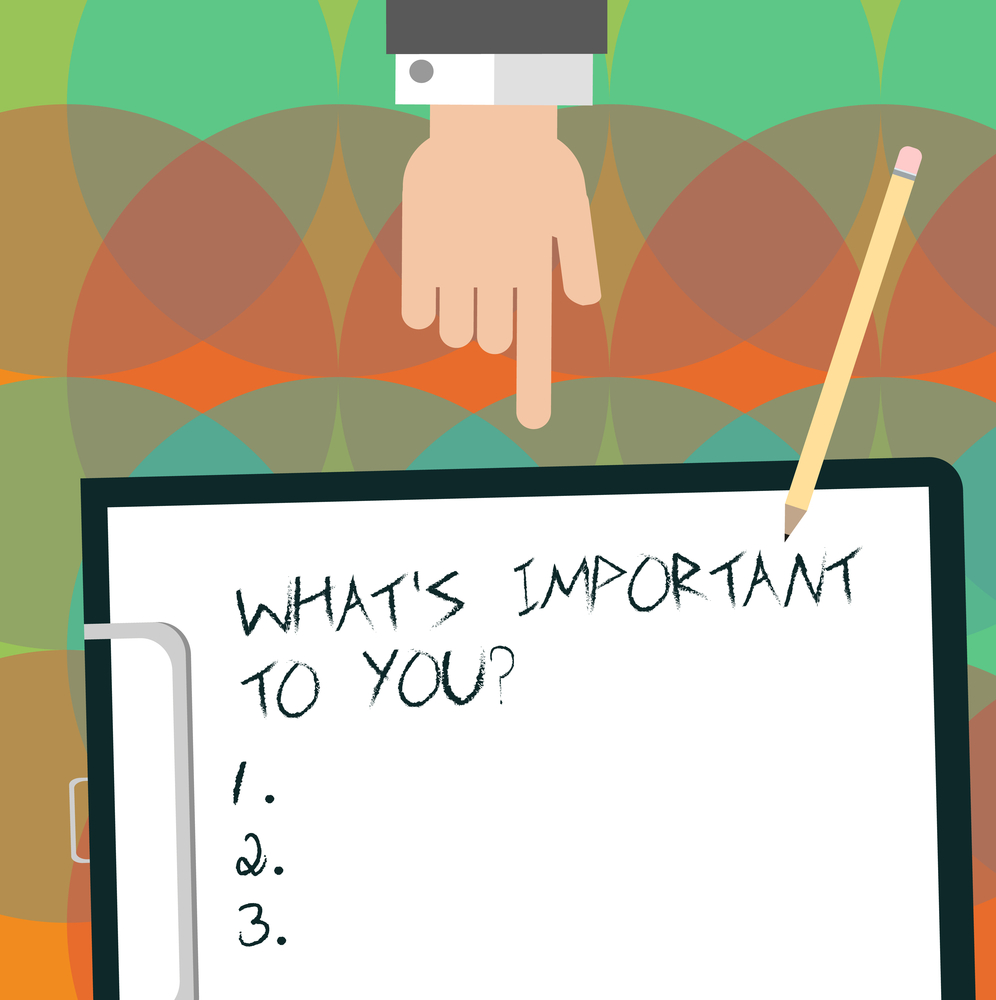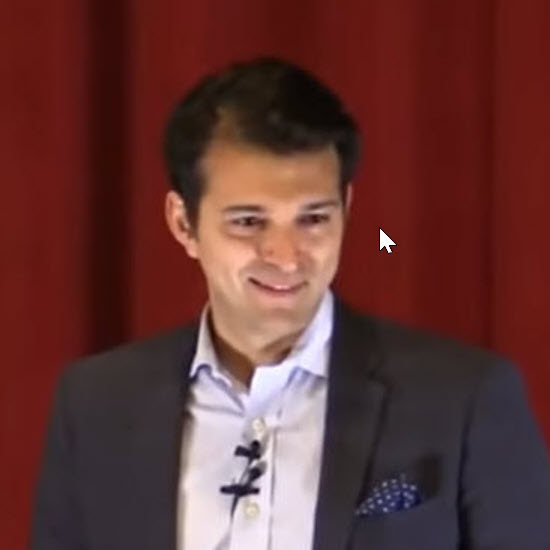Why do we focus so much on LinkedIn?
Initially, we suggest you speak with people you know who may also be interested in network-building. Workshop 03 is devoted entirely to helping you make a list of good candidates, what to say in a conversation with them and how to invite the suitable candidates to experience the CC.
However, the list of people you know is limited, and the list of people your team members know may be even more limited. So, it makes sense to have a process that makes it easy to reach out and meet great candidates using LinkedIn.
Let’s say you already have an extensive list of good relationships. In that case, consider reaching out to them and suggesting the possibility of working with them in a proactive, advocating and fun environment. In this environment, you can introduce them to many other people who may be great contacts.
Research by Mark Granovetter, a sociology professor at Stanford University, showed the importance of your weak ties.
A paper published by professor Granovetter in 1973 about weak ties became one of the most influential sociology papers of all time.
Until then, scholars had assumed that an individual’s well-being depended mainly on the quality of relationships with close friends and family.
Granovetter showed that quantity matters, too.
One way to think about any person’s social world is that you have an inner circle of people you often talk to and feel close with and an outer circle of acquaintances you see infrequently or fleetingly.
Granovetter named these categories “strong ties” and “weak ties”. His central insight was that for new information and ideas, weak ties are more important to us than strong ones.
Granovetter surveyed 282 Boston-based workers and found that most of them got their jobs through someone they knew.
But only a minority got the job through a close friend; 84% got their job through those weak-tie relationships – meaning casual contacts they only saw occasionally.
As Granovetter pointed out, the people with whom you spend a lot of time swim in the same pool of information as you do.
We depend on friendly outsiders to bring us news of opportunities from beyond our immediate circles – and so the more of those acquaintances we have, the better.
As Granovetter’s work showed, we get much of our new information from weak ties. That provides stimulation but also, in a time of uncertainty, guidance on how to behave.
One of the best ways to discover great weak-tie contacts is by consistently identifying great potential network-building partnerships with people on LinkedIn and organising face-to-face meetings with them on Zoom.
As professor Tanya Menon explains in her famous TED talk, the secret to great opportunities lies in the people you have not yet met..
Your team (and, therefore, the number of people that can potentially advocate for you) will grow much faster when they know how to use LinkedIn to find great network-building candidates systematically.
So far, we haven't found a faster way to meet great candidates than by providing tools and knowledge on using LinkedIn for this purpose. Therefore, we have 2 workshops devoted entirely to our process to meet great candidates on LinkedIn and converse with them.
There may be platforms other than LinkedIn, but how effective are they?
More importantly, how necessary is it to look beyond LinkedIn when our experience tells us that 200 connection requests sent to a relevant filtered list on LinkedIn can easily achieve Core-5 in 2 months. When that duplicates, your team will grow plenty fast enough.
When considering investing your precious time, it is essential to consider whether your primary motivation is pleasing methods or pleasing results.
Most of us have little spare time available. So it makes sense to examine how we invest our time. For example, if you are following an enjoyable process that produces a fraction of the results produced by a slightly less enjoyable process, what should you do?
In many cases, we observe that people spend more time than they realise pursuing enjoyable processes without evaluating the results produced by those processes.
Included in this podcast is a great TED talk by professor Tanya Menon about the secret to great opportunities - don’t miss listening to it!

Prepare for Workshop 2 A quiz entitled “Scale of 1 to 10” is attached to Topic 9 of Workshop 1. Make sure you complete...

Don't just manage it

The Builders menu is your go-to place to access everything the CC provides. The Builders Menu options are divided into the following groups. Membership...